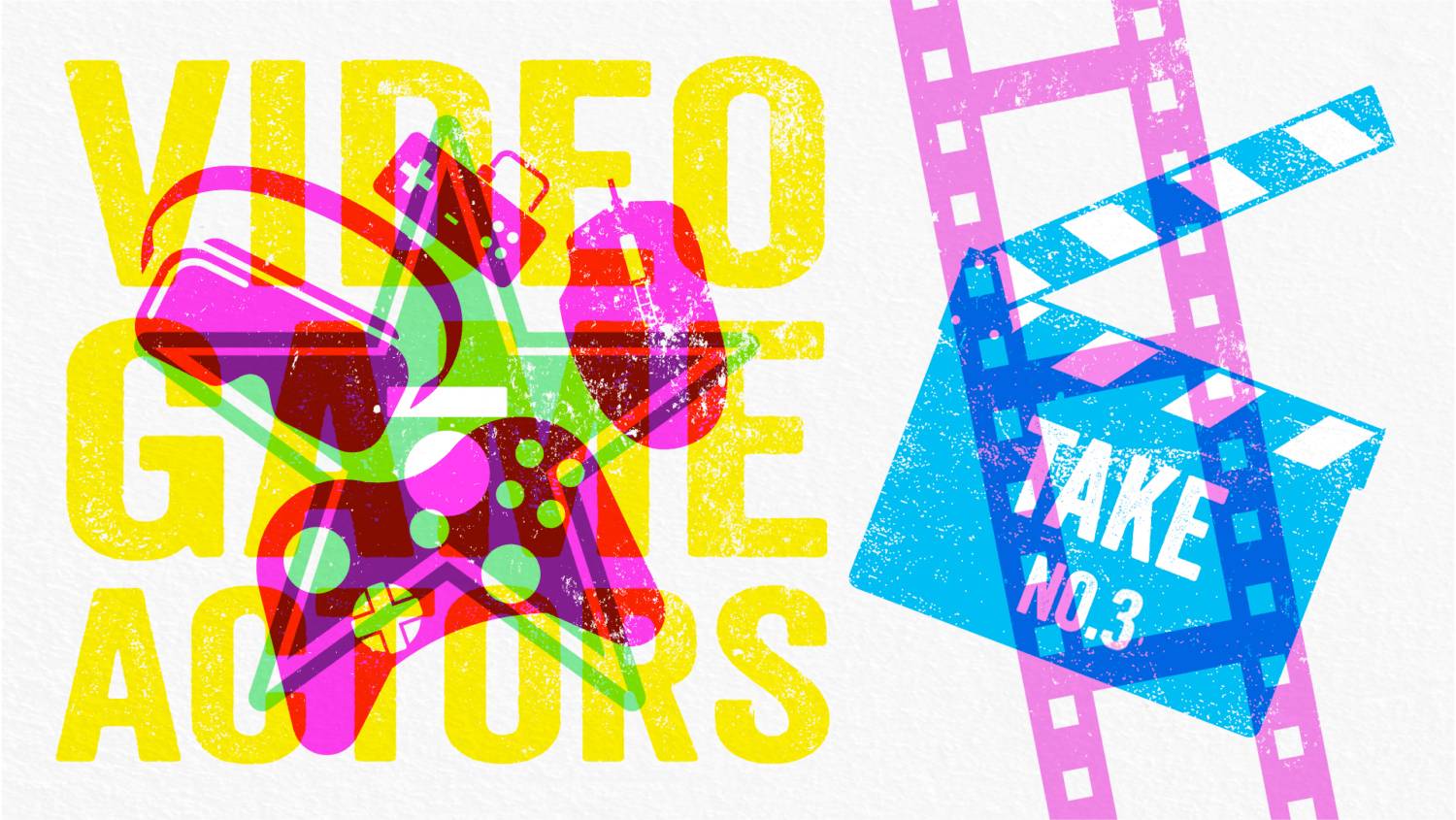Robert Storr Makes Jabs at Art History and Museum’s Priorities
By Jenny Gheith
What is taste and how is it formed? How does it change or not change? Why at times does it conflict with itself? These are the questions that Robert Storr, former Senior Curator of Painting and Sculpture at the Museum of Modern Art in New York and recently appointed Rosalie Solow Professor of Modern Art at the Institute of Fine Art at New York University, posed to a room appropriately full of art collectors and connoisseurs. But this is not the only thing Storr had in mind for this “casual talk with pictures.” titled “Between Kelley and Kelly, Ryman and Ross.” His slides, all carefully picked, were of artworks by artists whom we typically would not associate with each other, except for a contrast of oppositions. But these binary conflicts are exactly what Storr was interested in.
Between slide groupings of such artists as Robert Ryman and Gerhardt Richter, Mike Kelley and Ellsworth Kelly, Lamar Petersen and Jasper Johns, Storr had amazing insights to add and personal anecdotes to share. For instance, did you know that Richter was actually a huge fan of Ryman?
Storr went on to discuss the grotesque, a topic close to his heart, as he had just curated Site Santa Fe’s fifth International Biennial this past summer. For him, art is not just about what we like; we actually need to get past liking all together. Storr aptly quoted Bruce Nauman to prove his point: “Pay attention, mother fucker, pay attention!”
Storr also made a few jabs at art history and our own museum’s priorities. He complained that by simply reviewing the cannon of the forefathers of Western art, with movements neatly weaving in and out of each other, art history does its students a disservice. Why did he pick on our museum? Did I mention that Storr is an SAIC alum? In 1972 he received his MFA in painting; he paints geometric abstraction, but he always wanted to paint the grotesque. A pointed remark called into question a common complaint we Chicagoans have with the Art Institute. Why are there not more Chicago artists on the walls of our institution? Storr fittingly observed, “Ed Paschke is above a piece of furniture.” (Minnie, 1974, to which Storr was referring, is in the Decorative Arts gallery above a corregated cardboard Frank Gehry chair.)
We can do better than that.
November 2004




















